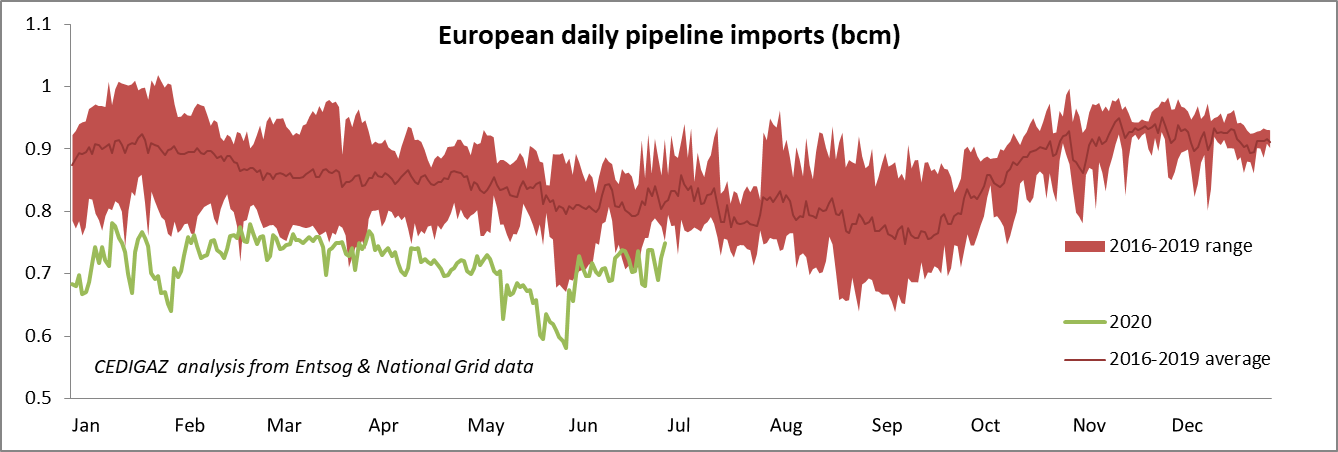CEDIGAZ, the International Gas Association, has just released its « Medium and Long Term Gas and LNG Outlook 2023 », which provides projections on natural gas and low-carbon gases markets to 2050.
CEDIGAZ Reference Scenario assumes a strong acceleration of the energy transition towards a low-carbon economy, incorporating specific government targets and CO2 emissions reduction commitments, corresponding to a global warming of 2.1 °C by 2100. The evolution of the world energy mix is driven by strong energy efficiency improvements, a fast expansion of clean electrification and low-carbon technologies. CEDIGAZ 2.1 °C Scenario highlights that natural gas and low-carbon gases will play an important role in a context of the decarbonization of the world energy system. Natural gas will be gradually supplanted by low-carbon gases in OECD markets, whereas in non-OECD markets, especially in Asia, both natural gas and low-carbon gases will grow significantly in the long term. Additional investments in new international gas and LNG projects are required to meet future global demand. Achieving carbon neutrality, energy security and sustainability will mean profound changes in global gas dynamics and a rebalancing of global gas flows towards Asia. Decarbonization efforts imply the reduction of all GHG, including methane emissions, along the whole international supply chains. The expansion of low-carbon gases, especially hydrogen, requires a supportive and appropriate political and regulatory framework as well as an adaptation of natural gas infrastructure to a future low-carbon economy.

